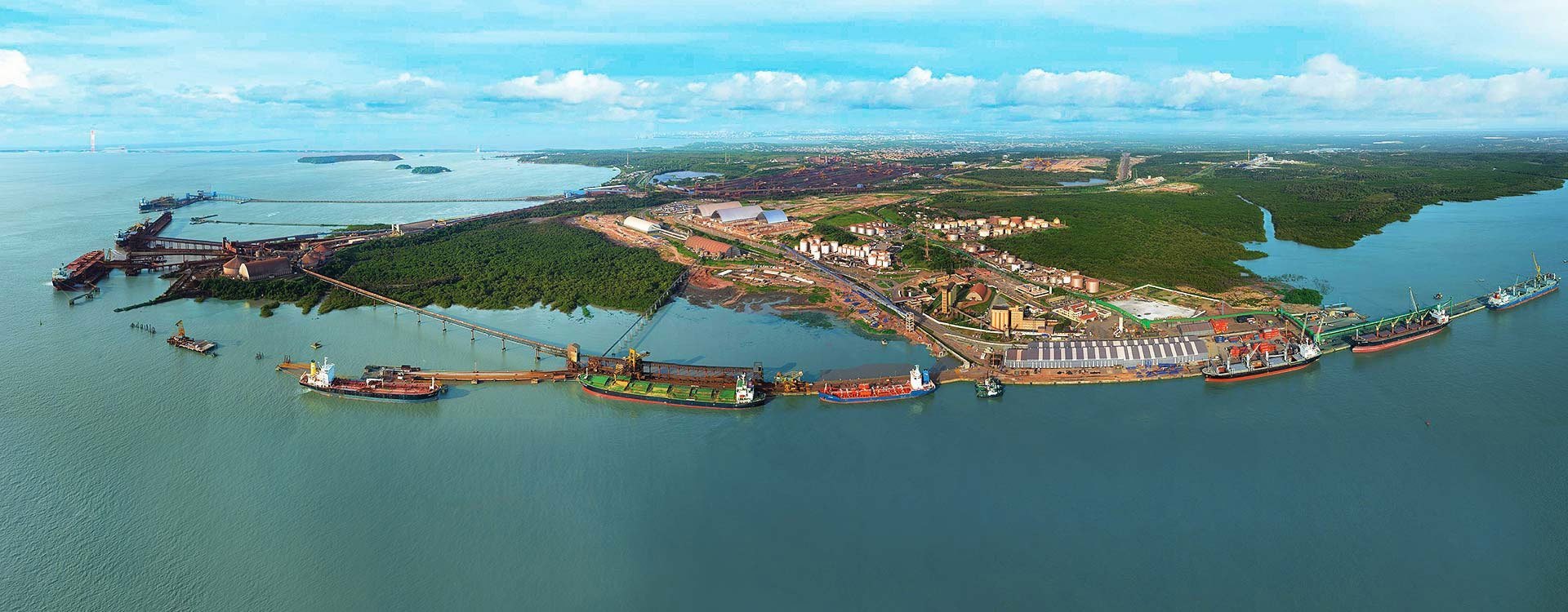
New record consolidates grain flow in Itaqui
Dec, 13, 2019 Posted by Sylvia SchandertWeek 201951
With the shipment of the ship M/V ASL Venus, on Wednesday (12/11), the Maranhão Grain Terminal hit 7m tons of grain (soybean, corn, and soybean meal) handled. In the accumulated since January, there were 108 ships operated, a mark that surpasses the total of 99 ships operated in 2018, when the terminal handled 6.3m tons of grain.
“This result demonstrates the efficiency of the development project that the Maranhão Grain Terminal represents for our state through the Port of Itaqui. A partnership that generates jobs and income along an extensive production chain, consolidating the role of the public port,” says the president of the Port of Itaqui, Ted Lago.
The Tegram Consortium is formed by the companies Terminal Corredor Norte S.A., Glencore Serviços, Corredor Logística Infraestrutura S.A., and ALZ Terminais Portuários S.A. For the Tegram-Itaqui Consortium Operations Manager, Randal Luciano, to reach and exceed 7m tons of grain handled is a milestone that “consolidates Tegram as one of Brazil’s highest performing terminals, as well as the Northern Corridor of Brazil as a structure prepared to absorb the demand and the growing volume of Brazilian agribusiness, with the Port of Itaqui being an extremely viable solution for the country’s logistics.”
In addition to the record, 2019 also marks the advance in the expansion of Tegram. “We have started and are already making great strides with the implementation of the second phase, which will allow the duplication of the reception lines in the rail modal and also the shipping expedition lines, which will allow the boarding of two ships simultaneously in two different berths,” said Randal. He highlighted the commitment of the employees of all teams, both from the Tegram-Itaqui Consortium and Tegram Operações Portuárias S.A., as well as the management and teams of the four terminals of the consortium companies and the performance and support of the Port Authority Company Maranhense Port Administration (Emap) “for believing and working as facilitators in this process of advancement and growth of Tegram.”
Maranhão, through Tegram and the Port of Itaqui, now meets the necessary conditions for the consolidation of productive chains linked to agribusiness, as is already the case in the Midwest. Thus, it plays an important role in the flow of grain production in Brazil, which grows each year to meet international demand. With a static storage capacity of 500,000 tons, comprising of four warehouses for 125,000 tons each, Tegram includes infrastructure for grain reception in the road and rail modes, as well as a conveyor belt system that takes the grain directly to the ships.
The operations at the Grain Terminal of the Port of Itaqui are carried out at berth 103 and starting in 2020, in the 2nd phase, it will also use berth 100. At the end of the expansion works, the terminal will have a final capacity to handle 14m tons/year.
Itaqui is the third largest Brazilian port in soybean flow, behind only Paranaguá and Santos. This position demonstrates the importance of the public port of Maranhão for the development of the state and its entire area of influence, which includes the states of Tocantins, Piauí, Bahia, part of Mato Grosso, Goiás, and Distrito Federal.
-
Sugar and Ethanol
Dec, 15, 2021
0
WTO says India must comply with global sugar trade rules
-
Trade Regulations
Sep, 23, 2021
0
Argentina to appeal US decision on biodiesel rates
-
Ports and Terminals
Apr, 14, 2025
0
MSC’s Portonave boosts investment plan by R$440m in Santa Catarina
-
Ports and Terminals
Jun, 09, 2020
0
Santos no longer obliged to renew Marimex contract thus allowing rail reverse-loop project to go ahead

